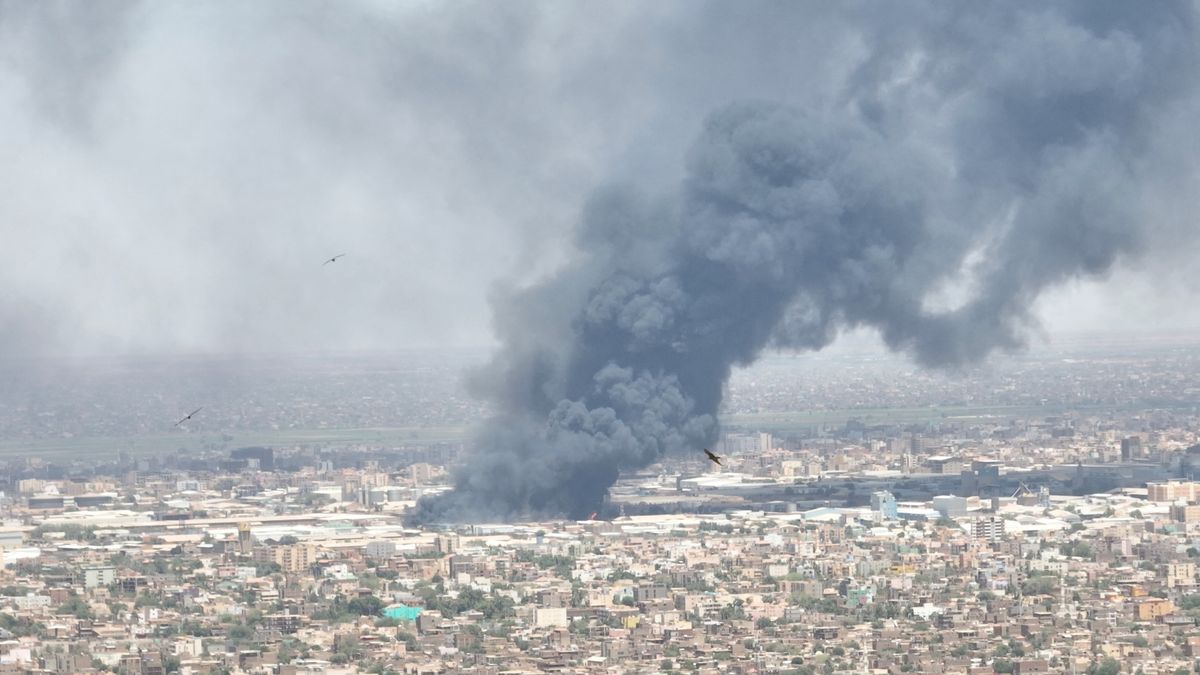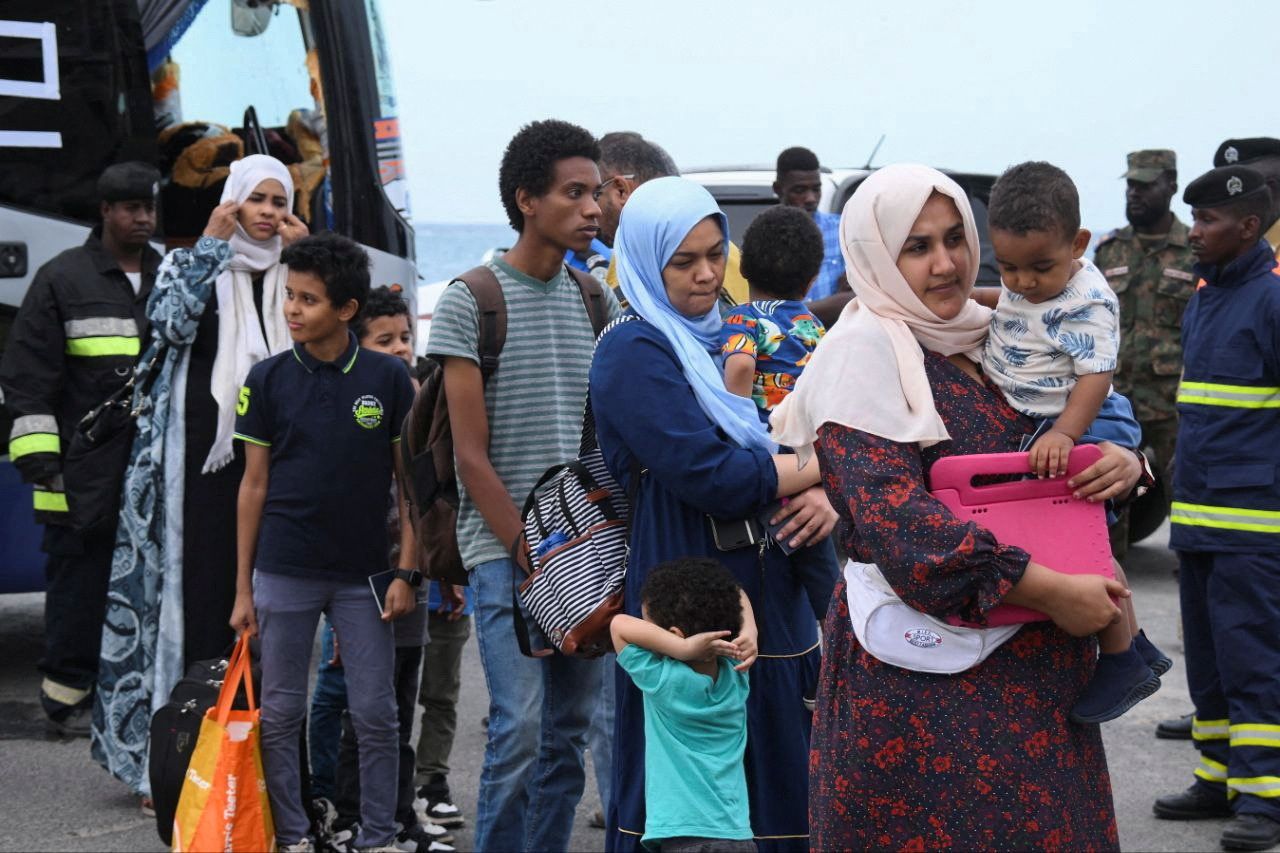A deeper look at the crisis in Sudan
It’s time to take a deeper dive into what’s going on in one of the largest but poorest African nations.

A few minutes every morning is all you need.
Stay up to date on the world's Headlines and Human Stories. It's fun, it's factual, it's fluff-free.
The backstory: We’ve been talking about the ongoing situation in Sudan for a while, but with the crisis continuing to unfold and evacuations going on, it’s time to take a deeper dive into what’s going on in one of the largest but poorest African nations.
Back in 1989, Sudan’s President Omar al-Bashir came to power by leading a military coup that ousted the democratically-elected government. He was known to be totalitarian and was the first sitting leader to be indicted by the International Criminal Court in 2009 for alleged crimes in Darfur, a western region of Sudan, where a decades-long genocide was ongoing.
Then, in 2019, al-Bashir was overthrown in another coup led by two military generals. Citizens held mass protests following the coup demanding a civilian-led government, so the generals were pressured to negotiate in that direction.
From there, a joint civilian and military government of sorts called the Sovereign Council was formed, with General Abdel Fattah al-Burhan leading it and General Hamdan Dagalo, aka Hemedti, as his deputy. But the two have been at odds over which direction to take the nation, and their power struggle has derailed the nation’s transition toward democratic rule. One of the main disagreements is folding Hemedti’s Rapid Support Service (RSF) into the national army led by General Burhan. The RSF would then run the new force.
More recently: On April 15, the fighting began after members of the RSF were deployed around the country, making the national army feel threatened. From there, things quickly escalated, with there being a few question marks about who exactly fired the first shots. But, civilians have been caught in the crossfire, with the Sudanese Ministry of Health saying late last week the death toll was at 512. But, with no accurate way to verify this number, it could likely be much higher.
The development: Throughout the past few weeks, thousands of people have fled the country. In fact, Saudi Arabia conducted one of the largest evacuation efforts, which carried over 2,000 people out of Sudan through the Red Sea last weekend.

Several African presidents have said they would visit the capital of Khartoum, but that hasn’t yet happened. The US, UK and EU have called for a ceasefire, and most are just trying to get the two generals to talk while getting their own citizens out of the country ASAP.
Key comments:
“There are no direct negotiations, there are preparations for talks,” said the UN special representative in Sudan, Volker Perthes, to journalists in Port Sudan.
“What we want is for the violence to stop altogether – of course – so that no more Sudanese lives are put at risk and humanitarian assistance can get to the people who need it,” said White House national security spokesperson John Kirby to Al Jazeera.
"Port Sudan has fared relatively better in this war. Fighting only erupted here on 15 April, the first day, but now this port city is overwhelmed by people fleeing Khartoum and other places,” said Mohanad Hashim to the BBC’s Lyse Doucet.




Comments ()